Cryotherapy
Definition
The earliest and most basic method of treating injuries is cryotherapy, commonly referred to as using ice. Its effectiveness, cost, simple use, and accessibility of transportation lead to its popularity. Ice is thought to reduce pain by causing local anesthesia.
Additionally, it reduces local blood flow, cellular metabolism, edema, and nerve conduction velocities. The depth of the subcutaneous fat, the ice temperature, the time, and the technique all affect how well cryotherapy works.
Application Methods
Ice Packs: It is the most widely used cryotherapy technique. Ice packs contain a variety of ice varieties. The most popular varieties are ice packs composed of wetted, crushed, and cubed ice. Wetted ice was shown to be more effective in lowering the surface temperature during treatment and keeping it there until recovery. Additionally, throughout treatment, it is more successful in reducing the intra-muscular temperature.
Commercial Cold Packs: Commercial cold packs, such as ColPac and Elasto-Gel, are a popular and effective cryotherapy technique. These cold packs, which often contain a petroleum distillate gel substance, are easier to use and can withstand lower temperatures than conventional ice packs.
Vapocoolant Spray: used as a cooling, superficial treatment to relieve myofascial trigger points and lessen muscle guarding.
Immersion: A distal extremity (e.g., foot, ankle, hand, or wrist) can be fully covered with simple immersion, such as an ice bath. Convection is the method of heat transfer used in cold whirlpool immersion.
Ice Massage: Applying ice straight to the skin and massaging it in a circular manner for five to ten minutes is known as an ice massage. Move the ice at a rate of 5 to 7 cm per second to get the optimum cooling effect.
Whole-Body Cryotherapy: Research on the impact of whole-body cryotherapy on fitness, appearance, and health is growing. Because different types of cryo chambers are used and treatment intervals vary, research is frequently inconsistent. But it’s becoming more and more obvious that whole-body cryotherapy reduces the amount of time needed to recover from activity and helps with muscular stiffness. There are discrepancies in the results of certain previous studies.
An increasing number of people are turning to cryotherapy as a non-pharmacological treatment for conditions like fibromyalgia, multiple sclerosis, chronic pain, stress, and anxiety. Research on these and other illnesses (such as migraines and Alzheimer’s) is still underway, but whole-body cryotherapy is showing increasing promise.
The FDA notes that further research is necessary to determine the effects of whole-body cryotherapy, as it currently lacks evidence.
Patients undergoing cryotherapy are exposed to extremely cold, dry air (below −100 °C) for two to four minutes. However, there are differences between a one- to two-minute treatment and a three- to four-minute exposure to total body cryotherapy. To maximize therapeutic advantages, it is more advantageous to expose for a shorter period.
Extended periods have detrimental effects on blood volume, tissue oxygenation, and heat perception. The number of sessions is also an important component in the healing process. No discernible results will be seen after a single session. It takes at least twenty sessions. However, thirty sessions are advised for best results.
Two common techniques are utilized to reach the subzero temperatures needed for whole-body cryotherapy: liquid nitrogen and refrigerated cold air. People wear very little during these exposes; for men, this usually consists of shorts, while for women, it’s usually shorts and a crop top.
To lessen the chance of becoming hurt by the cold, people frequently wear dry shoes and socks, a nose and mouth mask, a woolen headband covering their ears, and gloves.
The world’s first body-wide cryotherapy chamber was built in Japan in the late 1970s, imported to Europe in the 1980s, and used in the US and Australia over the past 10 years.
Cryotherapy Chamber
There are two varieties of cryo chambers, and they function and are used differently. Liquid nitrogen is used in partial-body cryotherapy to reduce the temperature. The chamber is a single, tube-shaped cage that encloses the body of the subject, with an open top to maintain the outside temperature temperature for the head.
On the other hand, a whole-body cryotherapy chamber is electrically heated to a lower temperature, and the patient enters the chamber completely, head included.
One particular kind of low-temperature treatment called cryotherapy is used to lessen inflammation and the pain that goes along with it.
Toshima Yamaguchi, a Japanese rheumatologist, invented cryotherapy in the 1970s, and it was first available in Europe, the US, and Australia in the 1980s and 1990s. While the skin temperature is lowered in both forms of cryo chambers, whole-body cryotherapy may be thought to be more effective because it produces lower temperatures than partial-body cryotherapy.
Cryosurgery
Using extremely freezing temperatures to remove abnormal or diseased tissue is known as cryosurgery. The application of extremely cold liquid damages the treated tissue by causing ice to develop inside the cells. The lowest temperature reached and the rate of cooling determines the extent of the damage. Many illnesses and ailments can be treated using cryosurgery, however, skin issues like warts, moles, skin tags, and solar keratoses are treated most frequently.
The usual method for freezing tissues at the cellular level is to utilize liquid nitrogen. The operation is frequently performed since it can be completed in a doctor’s office, is thought to have rather low risk, and is quick and straightforward. It may be decided that excision is preferable to cryosurgery if a malignant lesion is suspected.
Cryosurgery should not be used in conjunction with neoplasms, those with illnesses (such as Raynaud’s disease or urticaria) that worsen in the cold, poor circulation, or lack of sensation in the affected area. The use of cryosurgery involves certain safety measures.
These include people with dark skin (owing to a higher risk of hypopigmentation), those with collagen vascular disease, and people who have decreased sensation in the treated area.
Indications
- Acute soft tissue injuries, such as sprained ankles, strained muscles, and sprained ligaments
- Myofascial trigger points
- Muscle spasm
- Muscle guarding
- Tendinitis
- Tenosynovitis
- Acute swelling
- Bursitis
- Following orthopedic surgery (e.g., TKR, ACL reconstruction, shoulder arthroscopy).
- Reducing temperature
Contraindications
- Haemoglobinuria
- Cryoglobulinemia
- Peripheral vascular disease
- Impaired circulation
- Raynaud’s disease
- Urticaria
- Hypersensitivity to cold
- Skin anaesthesia
- Over a regenerating peripheral nerve
- Open wounds
Precautions
- Over a superficial nerve
- Hypertension
- Impaired cognition
- Patients who are extremely old or young
Expected Sensations to Cryotherapy
It’s critical to comprehend the potential side effects of cryotherapy before using it. Even though some of the listed sensations may be uncomfortable, they are both typical and essential for getting the intended results from cryotherapy. The anticipated sensations should start out cold and progress to numbness by the end of the course of treatment.
Physiological Effects of Cryotherapy
- Decreased local temperature
- Decreased metabolism
- Vasoconstriction of arterioles and capillaries, initially
- Decreased blood flow, initially
- Decreased nerve conduction velocity
- Decreased delivery of leukocytes and phagocytes
- Decreased lymphatic and venous drainage
- Decreased muscle excitability
- Decreased muscle spindle depolarization
- Decreased formation and accumulation of edema
- Extreme anesthetic effects
Lewis Hunting Reaction
When extremities are exposed to cold, a process known as the Lewis hunting reaction occurs that alternates between vasoconstriction and vasodilation. The phenomenon is often referred to as the Lewis response, after Thomas Lewis, who originally reported it in 1930. Vasoconstriction first lowers heat loss, but it also causes the extremities to chill significantly. The blood arteries in the extremities will suddenly vasodilate five to ten minutes after the cold exposure begins.
This is most likely the result of a sudden decrease in neurotransmitter release from sympathetic neurons to the muscular layer of arteriovenous anastomoses caused by the local cold. The vasodilation brought on by the cold raises blood flow, which raises finger temperature. Following vasodilation, there is a fresh phase of constriction, and then the cycle repeats.
After the initial phase of vasoconstriction, vasodilation can be induced by cold when the temperature drops below 10C or when the cold is maintained for more than 15 minutes.
Joint Mobilization with Cryotherapy
Research on cryotherapy indicates that cooling tissues to between 50 and 60 degrees Fahrenheit has analgesic effects. Because of the hydrotherapeutic agent’s pain-relieving effects, mobilizations will be carried out more effectively and with less pain.
Cryotherapy can cause a decrease in muscle spindle activity in addition to an increase in pain threshold. As a result, there can be less protection of the muscles, which increases the range of motion and joint mobilizations.
Possible Risks/Undesirable Effects
- Inhibit Muscle Function
- Ice Burn
- Cryotherapy-induced nerve injuries
- Generalized cooling and decrease in core temperature
- Reduced range of motion
Inhibit Muscle Function
Cooling may momentarily impair muscle function, potentially increasing the risk of harm or re-harm. When allowing patients to bear weight or perform strenuous exercise after icing a lower extremity, take care
Ice Burn
Because elderly individuals with reduced sensation and/or circulation are more likely to suffer from an ice burn, it is advisable to use less aggressive icing procedures (such as wrapping an ice pack in a towel or piece of cloth that is moderately chilly).
The best course of action for younger individuals with intact becoming and circulation might be to put the affected limb directly in cold water and then gradually add ice cubes. Since the surface temperature of cold gel packs kept in freezers is below 0°C (32°F), an insulating layer should be placed between the patient’s skin and the cold pack.
Cryotherapy-induced nerve Injuries
most frequently when compression and cold are combined. To ensure sufficient blood flow when applying ice together with compression therapy, check capillary refill.
Generalized Cooling and Decrease in Core Temperature
A drop in core temperature, which could risk patient safety, is indicated by sweating and piloerection (particularly in the elderly and those with fever. The use of therapeutic cryotherapy ought to result in solely localized outcomes.
Reduced ROM
The collagen fibers in connective tissue may shorten as a result of exposure to ice.It is probably ineffective to chill the tissue in a reduced posture after acquiring a range of motion (ROM) via warming, stretching, and then strengthening in the newest section of the ROM.
After stretching and exercising, it is preferable to cool the tissue in a stretched-out position. It might be best to avoid using ice on people whose scar tissue has severely limited their range of motion.
Cryotherapy following total knee replacement
Cryotherapy is one type of post-operative care used after total knee replacement surgery to aid with postoperative pain and blood loss. Using ice, cold water, or gel packs, cryotherapy is administered. Occasionally, it is done in specialized devices that cover the skin and surgical site (keeping it sterile).
Because there is little evidence from clinical trials to support cryotherapy’s effectiveness, its use may not be advised. There is insufficient data to suggest that cryotherapy used after surgery could be linked to a little reduction in blood loss and pain. Reports of no clinically meaningful increases in range of motion have been made. This intervention has not been associated with numerous side effects or negative outcomes.
Regular versus ongoing cryotherapy following total knee replacement
Cryotherapy is a well-known therapeutic intervention for the overall management of musculoskeletal injuries. It involves removing heat from a patient’s body by applying cold modalities to lower tissue temperature. It is particularly effective in relieving pain and enhancing functional outcomes following total knee arthroplasty.
The effectiveness and therapeutic results of continuous cryotherapy have been questioned in light of the development of new cryotherapy devices that seek to maintain a set temperature for an extended period.
To compare continuous and traditional applications of cryotherapy on patients who have undergone total knee arthroplasty, specifically in pain intensity, analgesic use, swelling, blood loss, postoperative range of motion (PROM), and the duration of hospital stay, the most recent systematic review and meta-analysis was conducted.
The results of the study showed that there were no statistically significant differences between the continuous and traditional cryotherapy groups in terms of pain severity, painkiller use, edema, blood loss, PROM, or length of hospital stay. The study does, however, admit many shortcomings, such as the absence of blinding, significant variation, and small sample sizes in trials that qualify.
In light of this, it was demonstrated that continuous cryotherapy generated therapeutic outcomes that were comparable to those of standard cryotherapy; the only distinction being the higher expenses associated with continuous cryotherapy, which insurance companies do not pay for. The present evidence, according to the researchers, is insufficient to substantiate the potential cost-effectiveness of ongoing cryotherapy following total knee arthroplasty.
Conclusion
In conclusion, cryotherapy is a medical technique that uses cold applications to treat a range of ailments, lower inflammation, and ease pain. This method, which can be applied with ice packs, cold baths, or specialist cryotherapy chambers, constricts blood vessels, lowers tissue edema, and numbs nerve endings to provide momentary pain relief.
Although studies show that it is effective in treating acute injuries like sprains and strains as well as postoperative pain, more research is necessary to determine its long-term advantages and ideal uses. All things considered, cryotherapy is a useful supplement to traditional therapies, offering a convenient and non-invasive choice for pain relief and healing.
FAQ
What is cryotherapy used for?
Research suggests that cryotherapy can also be used to treat various diseases like migraines, nerve issues, mental disorders like sadness and anxiety, and even some types of dementia. The most common conditions that cryotherapy is used to treat are skin conditions, cancer, and pain in the muscles and ligaments.
How painful is cryotherapy?
Depending on the area being treated and the duration of the freeze, stinging or pain may be experienced during and after the process; however, a local anesthetic is typically not needed. There could be a 20–30 second freeze. Depending on the amount of the increase, the application might have to be repeated.
Does cryotherapy actually have benefits?
Individuals with symptoms of depression, moderate cognitive impairment, fibromyalgia, or chronic pain may find relief with whole-body cryotherapy. Yet there is limited research to support these advantages. Before whole-body cryotherapy is suggested as a treatment option, more research with bigger sample sizes is required.
What are the 4 stages of cryotherapy?
By keeping an eye on the four phases of cold treatment, you can determine when you’ve had the illness long enough: An uncomfortable feeling occurs in the first stage, followed by a burning sensation, burning or aching in the third stage, and numbness in the fourth. To reach all four stages, it takes five to fifteen minutes in total.
Is cryotherapy expensive?
Cryotherapy sessions last 10 minutes on average and range in price from $75 to $100. The cost of cryotherapy may also depend on how many treatments are required. Many people discover that after a few sessions, they fully benefit from cryotherapy.
References
- Cryotherapy. (2024, April 17). Wikipedia. https://en.wikipedia.org/wiki/Cryotherapy#:~:text=Cryotherapy%2C%20sometimes%20known%20as%20cold,known%20as%20cryosurgery%20or%20cryoablation.
- Cryotherapy. (n.d.). Physiopedia. https://www.physio-pedia.com/Cryotherapy

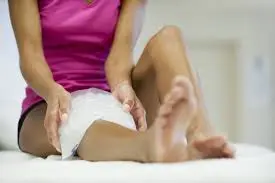
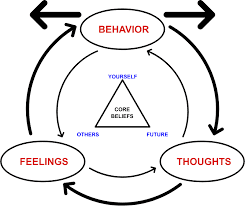
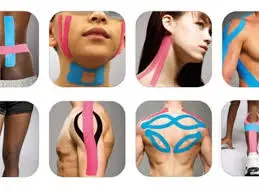
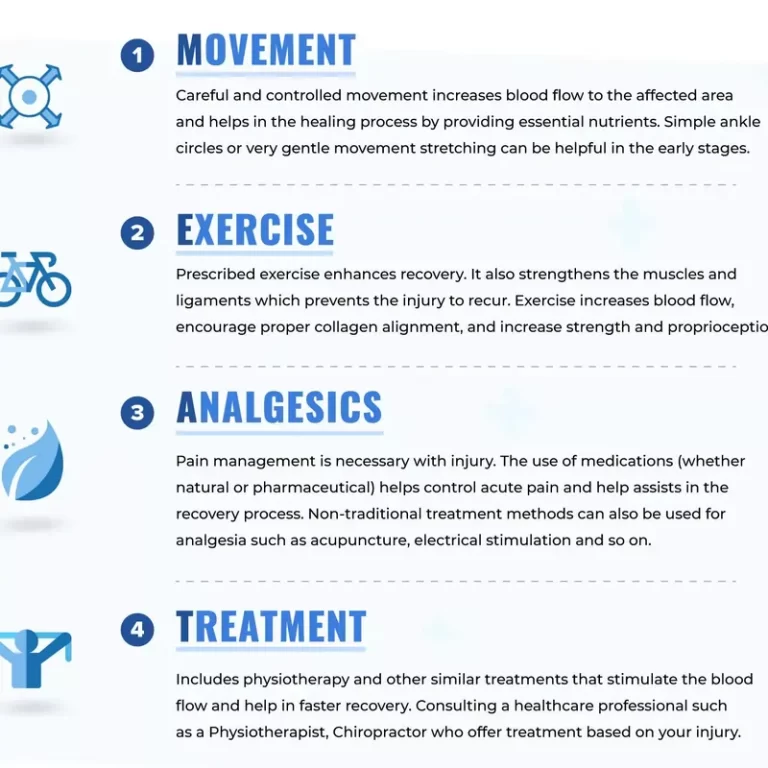
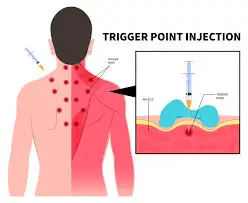
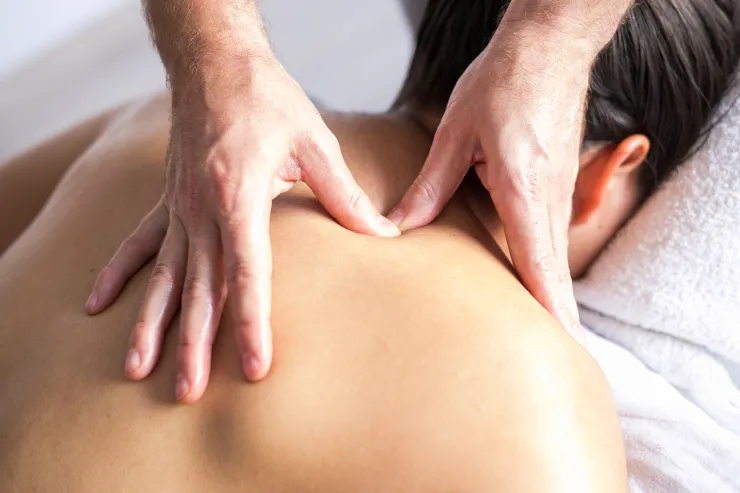
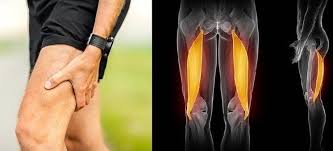
8 Comments